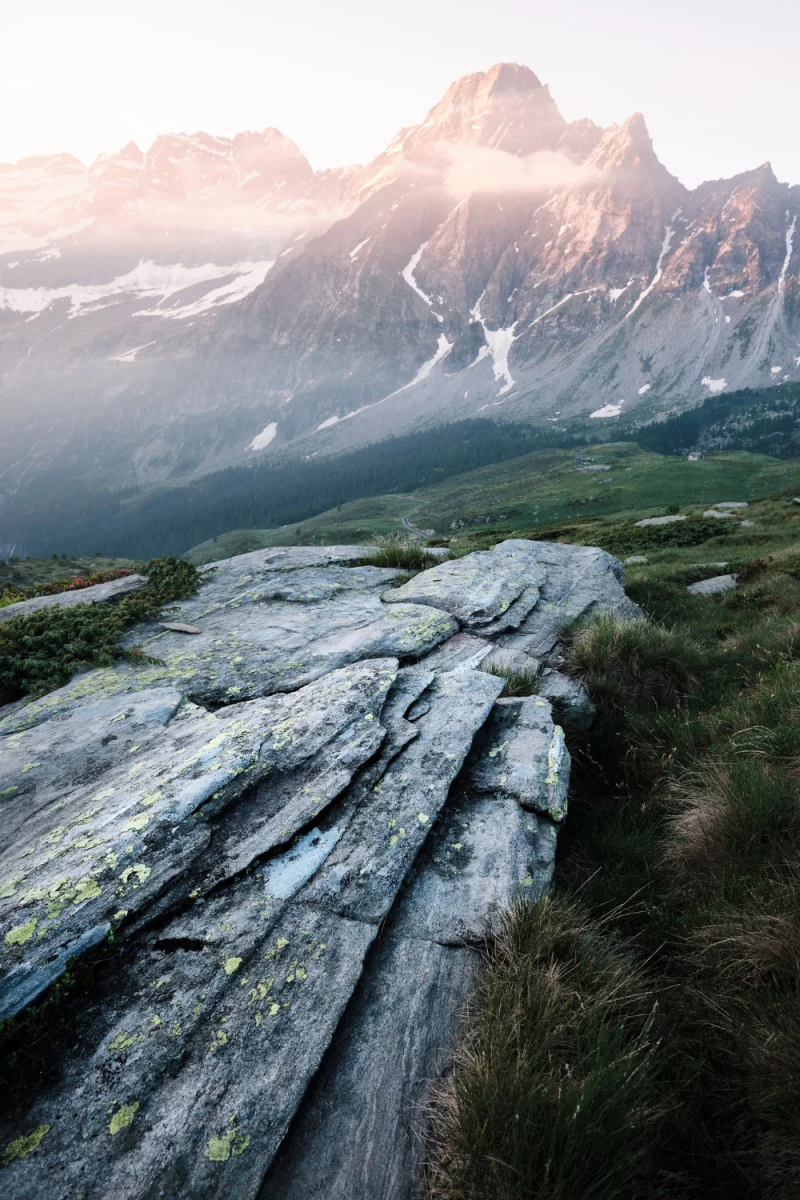Worth to know
The Kraków-Częstochowa Upland, also known as the Polish Jurassic Highland or Polish Jura (Polish: Jura Krakowsko-Częstochowska), is part of the Jurassic System of south?central Poland, stretching between the cities of Kraków, Częstochowa and Wieluń. The Polish Jura borders the Lesser Polish Upland to the north and east, the foothills of the Western Carpathians to the south and the Silesian Upland to the west.
The Polish Jura consists of a hilly landscape with Jurassic limestone rocks, cliffs, valleys and vast limestone formations, featuring some 220 caves. The relief of the upland developed since the Paleogene, under climatic conditions changing considerably. Its main component is a peneplain, crowned by monadnocks, rocky masses that resisted erosion, generated as hard rock on Late Jurassic buildup surrounded by less resistant bedded limestone of the same age.1 The Polish Jura is visited by roughly 400,000 visitors a year. Part of it belongs to the Ojców National Park, the smallest of Poland's twenty national parks, ranking among the most attractive recreational areas of the country.2
Źródło: https://en.wikipedia.org/wiki/Krak%C3%B3w-Cz%C4%99stochowa_Upland
Etymology of Vistula name
The name was first recorded by Pomponius Mela in a.d. 40 and by Pliny in a.d. 77 in his Natural History. Mela names the river Vistula (3.33), Pliny uses Vistla (4.81, 4.97, 4.100). The root of the name Vistula is Indo-European *u?eis- ?to ooze, flow slowly? (cf. Sanskrit ?????? / ave?an ?they flowed?, Old Norse veisa ?slime?) and is found in many European rivernames (e.g. Weser, Viesinta).2 The diminutive endings -ila, -ula, were used in many Indo-European languages, including Latin (see Ursula).
In writing about the Vistula River and its peoples, Ptolemy uses the Greek spelling Ouistoula. Other ancient sources spell it Istula. Ammianus Marcellinus refers to the Bisula (Book 22), note the lack the -t-. Jordanes (Getica 5 & 17) uses Viscla while the Anglo-Saxon poem Widsith refers to it as the Wistla.3 12th-century Polish chronicler Wincenty Kadłubek Latinised the rivername as Vandalus, a form presumably influenced by Lithuanian vandu? ?water?, while Jan Długosz in his Annales seu cronicae incliti regni Poloniae called the Vistula ?white waters? (Alba aqua), perhaps referring to the White Little Vistula (Biała Wisełka): ?a nationibus orientalibus Polonis vicinis, ob aquae candorem Alba aqua ... nominatur.?
Źródło: https://en.wikipedia.org/wiki/Vistula
Photo shooting in Cracow
Each of the tourists who visits a city, he would like to have some memento of their trip, held. Therefore, in Krakow there is no shortage of different stalls and souvenir outlets. You can also buy postcards of Krakow, which are sent from the city to family and friends, and can be pasted into a family album, where the custom documentation for family outings reigns in our family. In Krakow, as in any other tourist city, you can also take pictures. We only have to remember not to remove the camera in locations where taking pictures is prohibited. Currently, very often curly films documenting the visits to various places of historic buildings.
